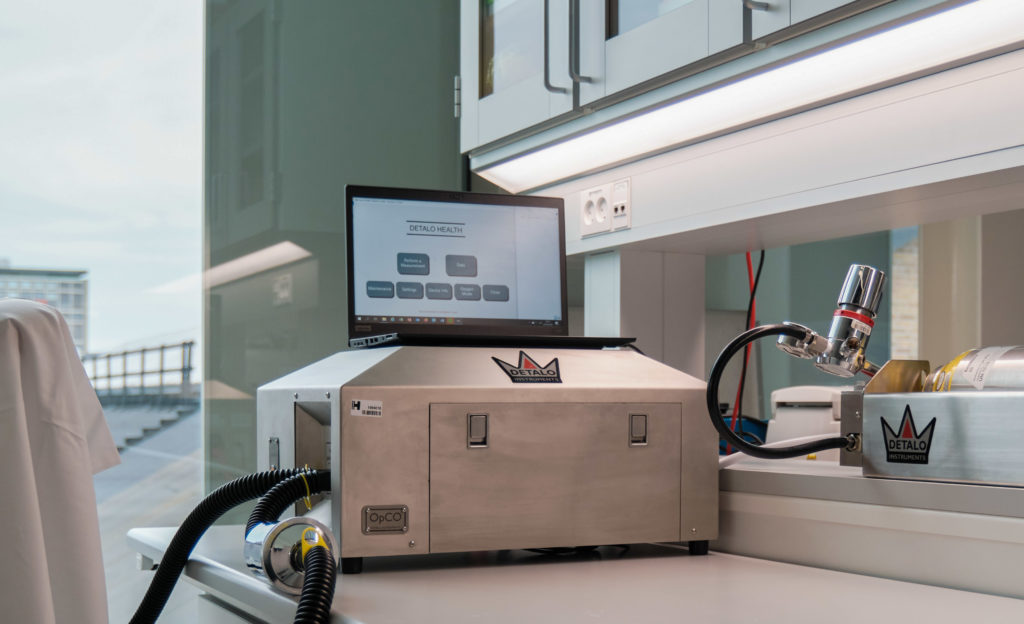Impact of Blood Volume on Athletic Performance
Champions have very high Blood Volumes
Endurance athletes possess much higher blood volumes than non-athletes. Champion rowers and cross country skiers can reach values as high as 10 liters, almost double that of non-athletes. World champion distance runners are generally smaller and lighter may reach levels of up to 6 liters of blood but their blood volume to body weight ratio is also extremely high. Understanding how training affects blood volume is of critical importance for these champions.


Hemoglobin is the Hallmark of Performance
The hallmark of athletic endurance performance is a high aerobic capacity, and which is directly related to hemoglobin mass and the volume of red blood cells. A high red blood cell volume facilitates a high oxygen transport capacity to the active skeletal muscles by facilitating a high cardiac output.
Due to its prominent role in exercise performance, improvement of hemoglobin mass and red blood cell volume is of priority for coaches when designing training strategies for athletes and which may include training at altitude or in the heat.
Read more about how blood volume affects athletic performance here.
Strategies of Altitude Training
The greatest challenge that humans face when exposed to high altitude is the reduction in the partial pressure of O2, which ultimately also leads to a reduction in blood oxygen content (called hypoxia). To compensate for this lack the human organism induces several defense mechanisms. While these are all important, it seems safe to state that those occurring within the blood are key to successful acclimatisation.
For many years, athletes have experimented with altitude exposure as a means to boost their athletic performance. The overall idea being if red blood cell volume becomes increased through altitude acclimatization so will exercise performance. Today there are numerous altitude training strategies such as live high – train high, where athletes live high (at altitude) and train high (at altitude) or live high – train low, where athletes reside at altitude but conduct their training at or close to sea level.
Read more about altitude training in the link.


Identification of Those who Seek the Easy Way
Doping in sport has been around as long as sport itself. In endurance sport such as cycling, cross country skiing and running the most potent illegal method involves the expansion of red blood cell volume. In general, it has been difficult to detect but with reliable quantitate blood volume measurements, blood doping could be a thing of the past.
Read more about blood doping detecting in the link.
Blood Volume Measurement in 15 Minutes
Detalo blood volume analyzers determine total blood volume, red blood cell volume, and plasma volume in humans in a rapid, safe, and precise manner.
The Detalo Clinical™ is a CE-certified (MDR) medical device for routine blood volume assessment in standard clinical care. The device allows healthcare professionals to distinguish between true anemia and dilutional anemia and to determine if a patient is euvolemic, hypovolemic, or hypervolemic. Finally, it allows clinicians to evaluate and track the effectiveness of a treatment intended to change blood volume.

